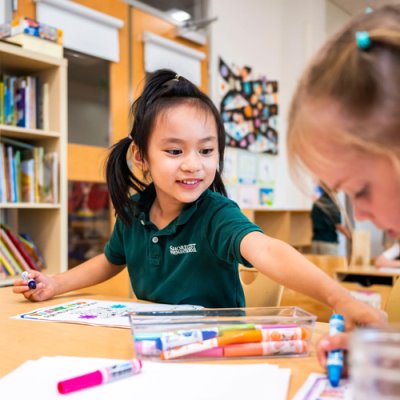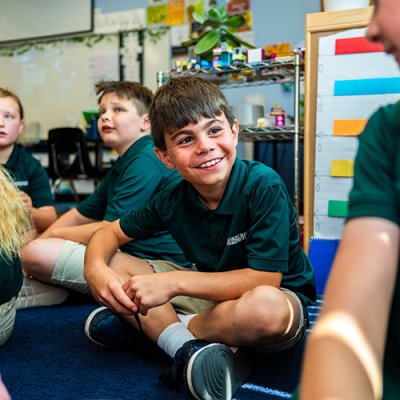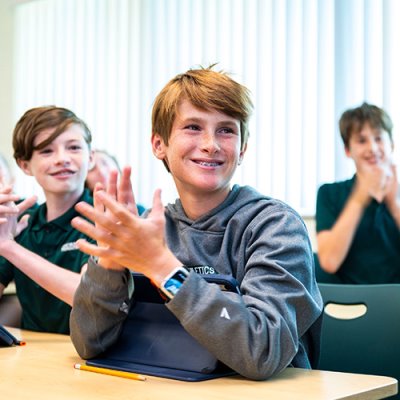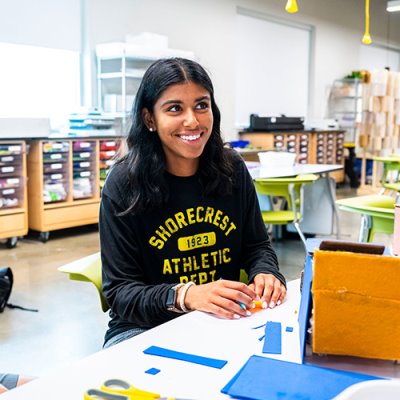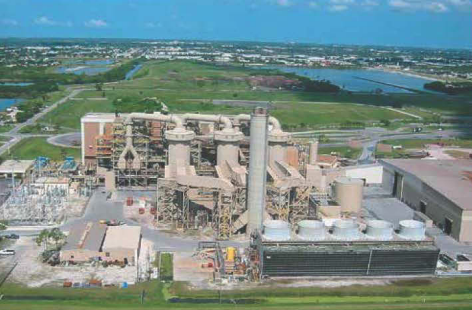

Fourth Grade Field Experience at Waste to Energy plant
Source/Author: Andrei I., fourth grader
September 21, 2018
Fourth graders recently enjoyed a field experience at the Pinellas County Bridgeway Acres Solid Waste Facility to enhance their study of sustainability and composting. Although people talk about “throwing their trash away,” Chargers learned there’s No Such Place as Away for garbage. They also learned how to protect our community and our planet.
The bus tour and discussion covered Pinellas County’s integrated solid waste management system; including waste-to-energy, sanitary landfills, recycling programs, and the household electronics and chemical collection center (HEC3).
While on the bus tour, students drove through or by the scale house, tipping floor, mulching station, the Waste-to-Energy plant, and landfill. Fourth grader Andrei I. reflected on the visit.
“The school bus parked in the middle of an entrance road to the plant, and we could see pretty much everything just from where we were. We could see the turbines, the main building, I could even see where the filtering system was. That was pretty cool."
The Chargers' tour guide then joined them on the bus, explaining each area as they drove and stopped at the conservation lake. "That's where they filter out polluted water from the landfills," says Andrei.
Next they saw a part of the facility that weighed garbage. The student learned that people are charged to dump their refuse based on its weight. Andrei continued, "The garbage trucks backed in and dumped trash in the pit. This big claw, like in the movie “Toy Story,” grabs all the trash and the claw takes it to the incinerator. The claw brings it up 5 stories high and then drops it 2 stories below the ground, so if something got backed up in there it wouldn’t come back on the tipping floor. I saw a lot of what could have been recycled like plastic, construction debris and wood."
Students learned that the trash fuels the incinerator as it burns, heating big tubes of water. Andrei reminded, "As I hope you know, heat rises, so it rises into multiple big turbines. As the turbines spin it makes energy for all of Pinellas County."
After the tour, students spent time in a facility classroom discussing all they'd seen with their guide. Andrei recalls what the group discussed, "I didn’t know construction debris and brick and drywall can be recycled. I also learned how they keep the [waste water] in a pond. They line it with a dried, natural clay material, the same material as clay pigeons. We also learned what can be recycled and what can be composted. Soggy mail envelopes can be composted if you get them a little bit wet. You can compost tea bags." To find out what can be recycled in Pinellas County, here is a handy guide.
As the next part of their study, fourth graders will be connecting with Stewart Harris on Thursday, September 27 to talk about how to remediate and prevent plastic pollution in our oceans. Harris works for American Chemistry Council. He is the Director of Marine and Environmental Stewardship, Plastics Division, and will be streaming to Shorecrest from his office in Washington DC.

